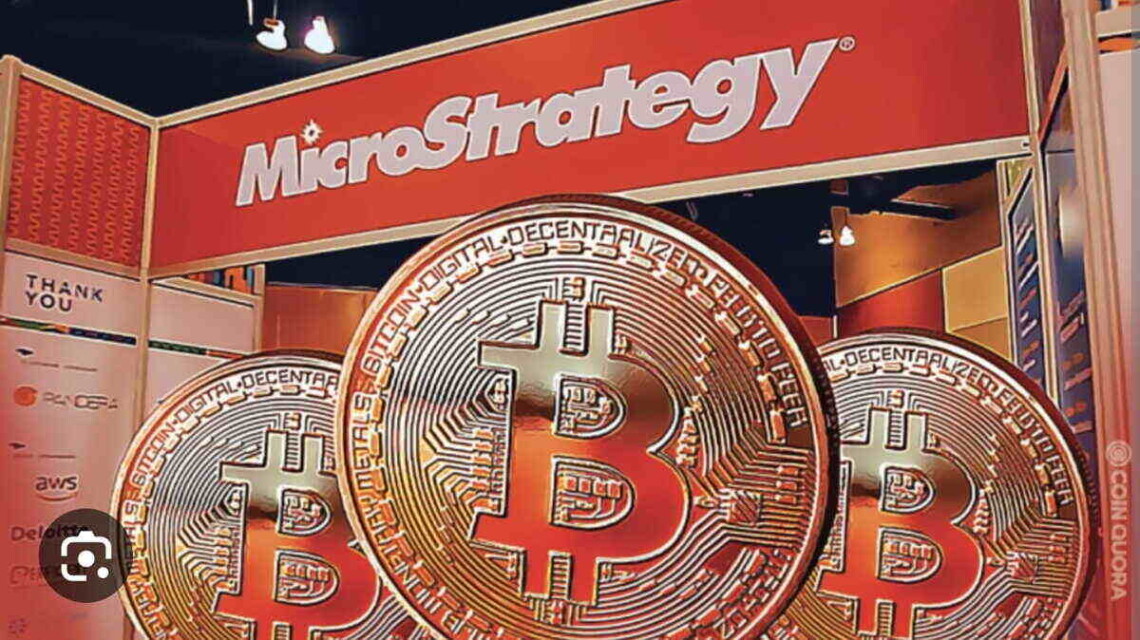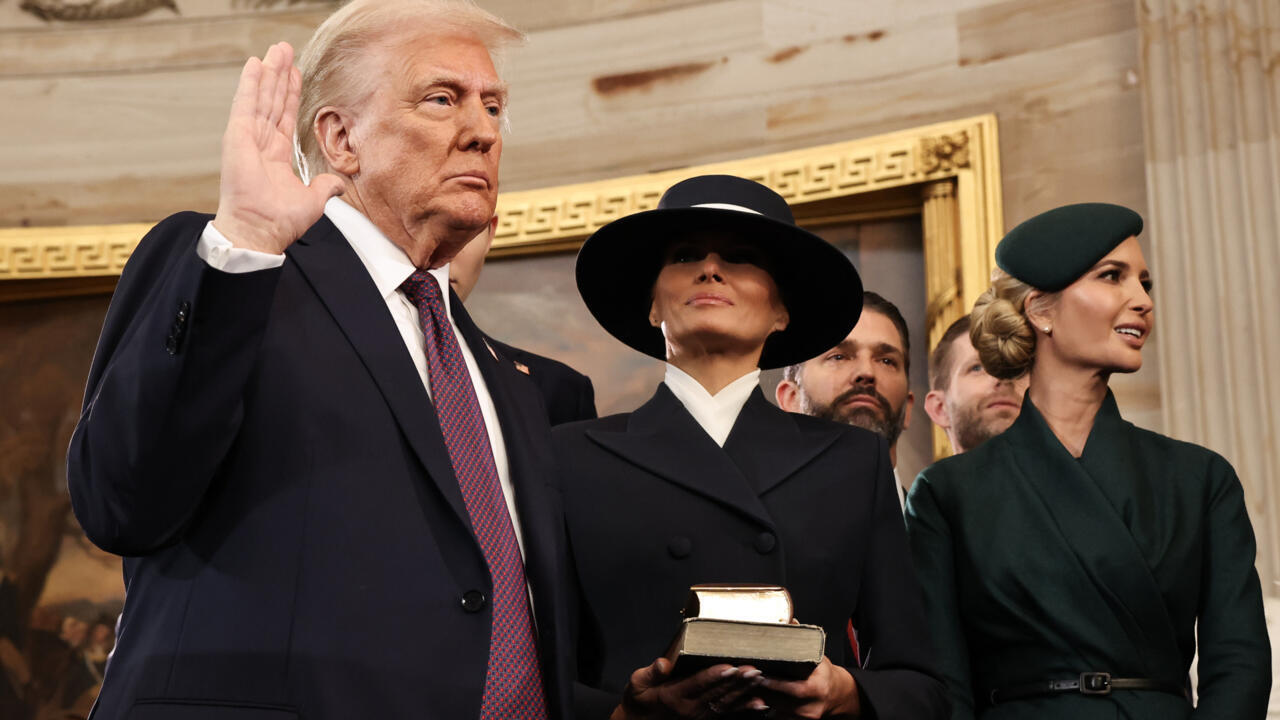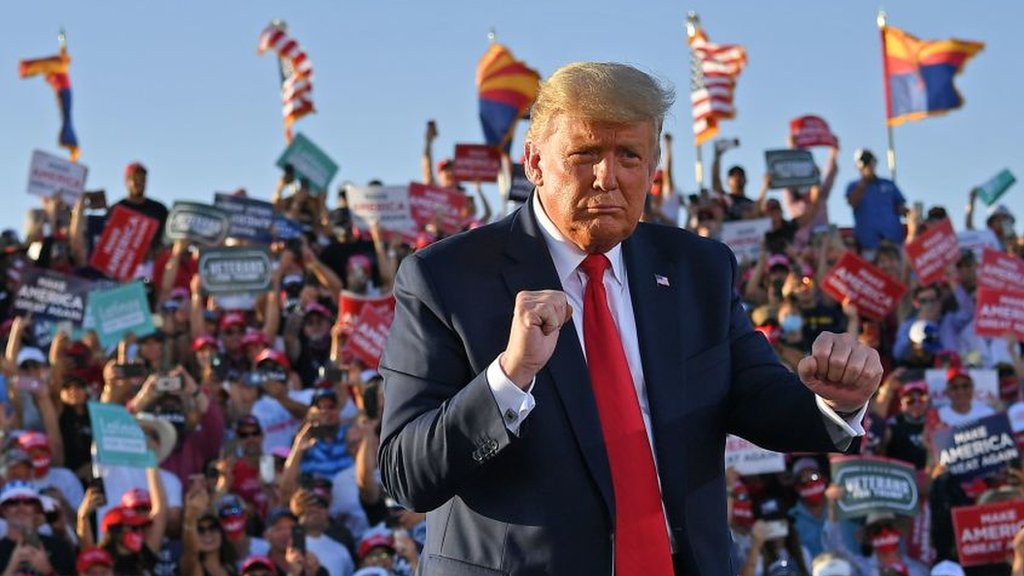[ad_1]

The term “crypto” has become a buzzword, encompassing a wide range of digital assets. Amongst Bitcoiners, it has also become a derogatory term used to refer to altcoins, as seen in the oft-repeated phrase “Bitcoin, Not Crypto.” However, not everything in the crypto world is truly “crypto,” at least not in the literal sense of the name.
The true essence of a cryptocurrency lies in its reliance on cryptography, and nothing else, to secure its network. This brings us to an essential distinction: only proof-of-work coins can be genuinely considered “crypto.” This distinction is not just semantic but fundamentally important, as it underscores what exactly strengthens the ledger.
“Cryptocurrency” combines two critical components: “crypto,” referring to cryptography, and “currency,” denoting a medium of exchange and monetary unit. Cryptography is the art of communicating in code, and the logical underpinning of cryptography is a discipline of mathematics. Translating human language into ciphertext and back in a sensible and orderly fashion requires advanced math. From this discipline was born two key elements which came together to make Bitcoin work: hashing in the form of SHA-256 and asymmetric cryptography in the form of digital signatures.
Currency of course implies a medium of exchange. Currencies do not bear interest, nor do they confer “utilities” outside the monetary utility and “governance” rights. In truth, this fact alone should end the discussion right away, on what exactly is a cryptocurrency and what isn’t: “governance” and “utility” tokens don’t count.
The Cryptography in Bitcoin
PoW secures and powers true cryptocurrencies. In Bitcoin’s PoW, miners use SHA-256 to write on the ledger. Full nodes use SHA-256 to validate the accumulated work of the ledger. Merkle proofs, which also require SHA-256, are used by SPV to check whether transactions have been processed without looking at the whole ledger. Digital signatures are used by everyone to ensure non-repudiation of transactions. Newer features like Taproot have given us Schnorr Signatures and MAST to create other spending conditions, all of which are rooted in cryptography.
It’s important to note that PoW can work without computers. The decentralized ledger can still be maintained to a degree even if the math was done by hand and the proofs were carried by horseback to a public square and inscribed onto a mural for all to see. The only thing that is absolutely required by Bitcoin operators to ensure the ledger’s integrity is cryptography.
There are no shortcuts or alternative means to process and validate transactions in PoW. This purity in the application of cryptography – requiring cryptography and absolutely nothing else – is what makes Bitcoin true “crypto.”
Proof-of-Stake and Other Mechanisms
In contrast, many of the digital assets commonly referred to as “cryptocurrencies” – the same ones Bitcoiners have derogated as “crypto” when they say “Bitcoin, Not Crypto” – operate on different mechanisms, such as proof-of-stake (PoS), proof-of-authority (PoA), or other hybrid models.
While these mechanisms also use some form of cryptography, they introduce additional elements like ownership and reputation to secure the network. These additions dilute the role of pure cryptography in maintaining the network’s integrity.
And therein lies the fatal flaw of PoS and other related shenanigans.
Even to this day, 14 years after the Bitcoin genesis block, PoS is yet to resolve the long-range attack without reliance on a centralized and trusted source. A long-range attack is when PoS validators take back their stake and start creating an alternative chain of events privately. Since this phony alternative chain would have been using the same consensus rules as the “true” chain, there is no way for new users of the blockchain to tell which chain is the correct one after this phony chain is made public. Under PoW, it is trivial to tell the fakes from the real one – the arbiter is the easily verifiable metric of accumulated work. Therefore, PoS users must trust a checkpoint outside of the blockchain to let them know which one is correct.
Oh, and I lied just now. Over these 14 years, there has been one solution for PoS chains to bypass the long-range attack without a centralized and trusted source. The Babylon protocol is a Cosmos chain that helps resolve the long-range attack by aggregating the checkpoints of PoS chains by (hold your applause!) publishing these checkpoints to the truly decentralized and trustless proof-of-work Bitcoin timechain!
It is amusing how shenanigans which made big security, trust, and decentralization tradeoffs by involving factors like reputation and stake came full circle right back to what actually creates secure, trustless, and decentralized systems: pure cryptography.
“Cryptography” Narrows Our Focus to PoW, but “Currency” Narrows Our Focus to Bitcoin
Math is superior to ownership and reputation because math cannot be changed. Assets secured by ownership and reputation are closer to fiat or securities than they are to cryptocurrencies or commodities. And now I will take it a step further.
If the “cryptography” part narrows the scope to PoW, then “currency” should narrow our focus to Bitcoin alone. A currency is a tangible instantiation of the abstract concept called money. Money is the most liquid good, the most saleable commodity, the good which produces the lowest diminishing marginal utility, and the asset that wins the barter system by making all barter about itself. There ultimately can only be one money.
There are a few different cryptography-backed currencies: XMR, BCH, LTC, DOGE, etc. But they are not the most liquid goods in this space by far, as their individual market caps added together aren’t anywhere near Bitcoin’s market cap alone. So, if there can only be one “most liquid good” then we should focus on that singular instantiation of money that is the most liquid.
Think of it this way. There are a bunch of fiat currencies out there, but during international trade and international financial transactions, only the U.S. Dollar is most prominently used. When people exchange things in a global context, they automatically use USD to mark their terms. All other fiats can be exchanged for USD, but not necessarily for other non-USD fiats (without going through dollars first). So, while there are technically many fiat currencies, in effect there is just one that is truly widely used. When we mention “fiat currency,” our subsequent gripes, praise, analysis, hot takes, etc. are often simply about the U.S. Dollar.
So, there is evidently a unifying framework when we consider fiat in the abstract; fiat is primarily the U.S. Dollar and secondarily an amalgamation of other stuff. It’s time we started thinking about crypto in the same way.
Why the Distinction Matters
Reclaiming the term “crypto” to refer exclusively to Bitcoin is not a matter of pedantry; it’s a matter of principle. Labeling all digital assets as “cryptocurrencies” and using the term “crypto” as a pejorative for lesser assets is spitting in the face of the profound and significant cryptographic foundation that Satoshi laid through Bitcoin.
The strength of a true cryptocurrency lies in its reliance on the immutable laws of mathematics. There are no “what-ifs” or “buts” when it comes to the security of PoW; it is as robust as the cryptographic algorithms it employs. We ought to prefer the permanence of mathematics over the ephemerality of ownership and reputation. Not trusting in the math behind Bitcoin’s robustness is effectively as illogical as not trusting in the Pythagorean Theorem or that 2×2=4. It is the flat-earthism of the modern day.
Names have power, and the name “crypto” is no exception. True “crypto” pays homage to the fact that mathematics alone can power a system so secure and transparent that it needs no central authority or additional layers of complexity to function. Should we attach this name to things that require “stake” and “authority” to run?
Conclusion
As the world of digital assets continues to evolve, it’s crucial to remember the roots and original intentions behind this technology. Let’s reclaim that name and appropriately honor the mathematical robustness that only Bitcoin offers.
Instead of “Bitcoin, Not Crypto” perhaps we should say “Crypto, Meaning Bitcoin.”
This is a guest post by Allard Peng. Opinions expressed are entirely their own and do not necessarily reflect those of BTC Inc or Bitcoin Magazine.
[ad_2]
Source link
















Leave a Reply